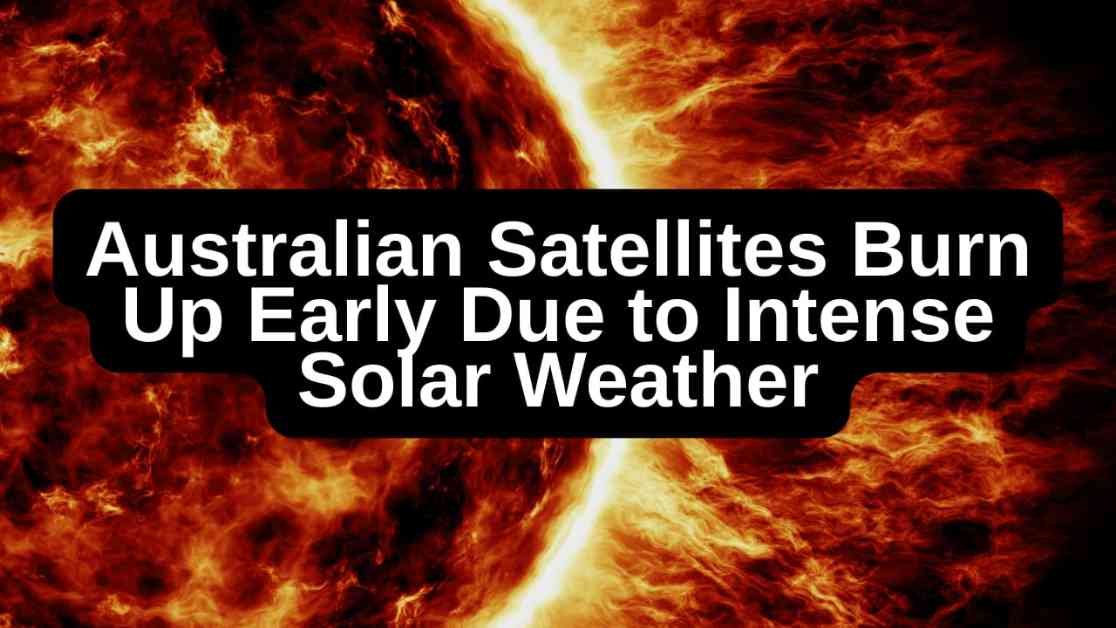Recently, three small Australian satellites from Curtin University’s Binar Space Program met a fiery end in Earth’s atmosphere much sooner than expected. These CubeSats, named Binar-2, Binar-3, and Binar-4, were designed to orbit Earth for approximately six months but unfortunately only lasted for two months due to unexpected solar activity.
Typically, satellites in low Earth orbit experience a gradual decline in their orbit, eventually leading to re-entry and burning up in the atmosphere. However, the recent surge in solar activity, characterized by increased sunspots, solar flares, and strong solar wind, has hastened this process for satellites like the Binar CubeSats that do not have altitude control systems.
The Sun is currently at the peak of its 11-year solar cycle (solar cycle 25), with activity levels exceeding initial predictions. This heightened solar activity has caused the Earth’s upper atmosphere to expand, creating more drag on satellites orbiting close to the planet. Unlike larger satellites that can adjust their orbits using thrusters, the Binar CubeSats were unable to counteract the increased atmospheric drag, leading to their premature descent and destruction.
The intense solar activity has not only impacted these Australian satellites but has also resulted in more visible auroras closer to the equator, stronger solar radiation affecting satellite electronics, and increased atmospheric drag for other objects in low Earth orbit, such as the International Space Station and Starlink satellites. While commercial satellites can make adjustments to their orbits, these changes come with a significant operational cost.
Despite the setback of losing the Binar-2, Binar-3, and Binar-4 satellites, the Binar Space Program remains committed to advancing space research and has plans for new satellite projects. It is anticipated that as the Sun’s activity decreases by 2026 and reaches a minimum by 2030, the space environment will become more stable, offering better conditions for future missions.
The Binar Space Program’s experience with the premature loss of these satellites has provided valuable insights into the impact of solar activity on space operations. While the recent event was disappointing, it serves as a learning opportunity for the program to enhance its future satellite projects and prepare for a more favorable space environment in the years to come.













